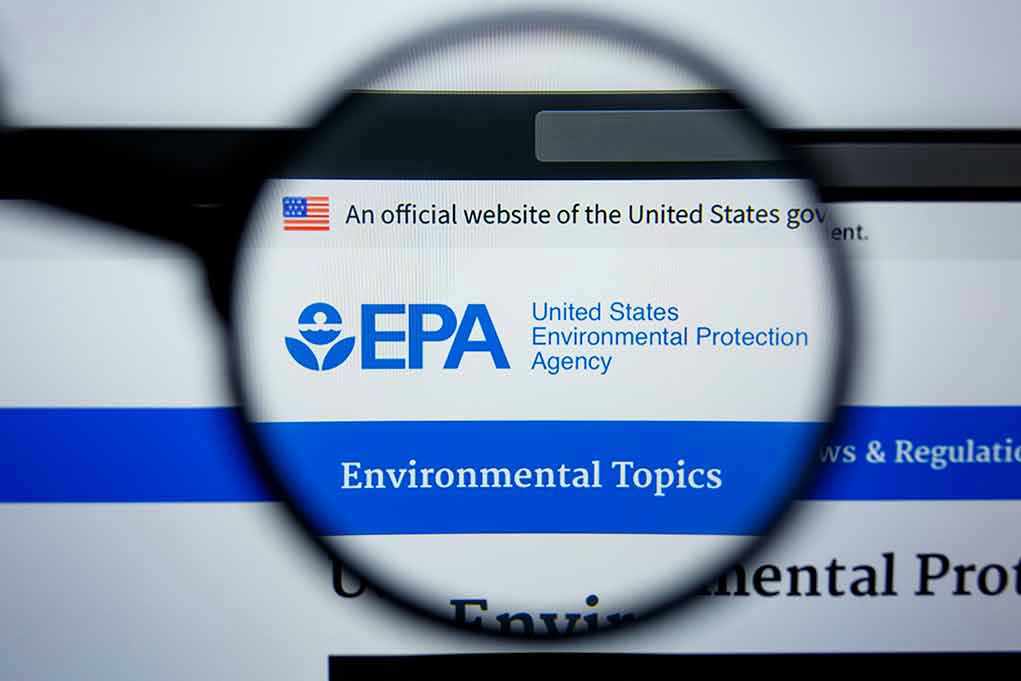
The EPA is slashing nearly a quarter of its workforce, raising questions about the future of environmental protection in America.
At a Glance
- The EPA will cut its workforce by 22.9%, reducing employees from 16,155 to 12,448.
- The Office of Research and Development will be eliminated, with its functions absorbed or discontinued.
- Projected savings from these cuts amount to $748.8 million.
- The EPA’s budget will be slashed by 54% for Fiscal Year 2026, constraining operations further.
Massive Cuts to EPA Workforce
The Environmental Protection Agency (EPA) is set to cut 22.9% of its workforce, reducing employee numbers from 16,155 to 12,448. This is part of a broader federal downsizing initiative championed by President Donald Trump in his second term. The administration argues these cuts are necessary for fiscal responsibility and efficiency, but critics warn of dire consequences for environmental protection and public health.
The EPA’s Office of Research and Development, a crucial branch for scientific research, will be eliminated. Its functions will either be absorbed by other parts of the agency or discontinued altogether. This move is expected to save $748.8 million, but it raises significant concerns about the EPA’s ability to fulfill its statutory obligations, especially in research and enforcement activities.
Impact on Employees and Communities
The cuts will directly affect thousands of EPA employees, many of whom are scientists and technical experts. Over 3,200 employees have already applied for the deferred resignation or early retirement programs, with hundreds more expected to leave. This mass exodus of talent threatens the agency’s capacity to carry out its mission, and remaining staff members will face increased workloads and uncertainty about program continuity.
Communities that rely on EPA oversight for clean air, water, and land protections may also be at risk. With fewer resources and personnel, the agency’s ability to monitor and enforce environmental standards could be severely compromised, leading to potential increases in environmental health risks.
Political and Social Ramifications
The cuts have deepened the partisan divide over environmental regulation and the role of federal agencies. While fiscal conservatives and industry groups support the cuts as necessary for government efficiency and economic growth, advocacy groups and environmental organizations warn of long-term damage to environmental protection and public health.
Political dynamics are at play, with the White House and EPA leadership holding decision-making authority, backed by Congressional Republicans. Employees and unions have limited leverage, and advocacy groups can only exert pressure through media and legal challenges.
Future Outlook and Expert Opinions
Experts express concern about the EPA’s ability to meet its obligations. The loss of scientific capacity and institutional knowledge may undermine evidence-based policymaking and the agency’s effectiveness. While supporters argue that the reorganization will streamline operations and reduce bureaucracy, critics contend that these cuts are ideologically driven and will have lasting negative consequences.
As we look to the future, the EPA will need to find ways to operate effectively with a reduced staff and budget. Whether these changes lead to greater efficiency or compromise the agency’s mission remains to be seen, but one thing is clear: the stakes are high for America’s environment and public health.















